Different Types of Soil Worksheets
Worksheets are a valuable tool for students to reinforce their understanding of various subjects. When it comes to learning about soil, having the right worksheets can make all the difference. Whether you are an educator or a parent looking to supplement your child's learning at home, there are a variety of soil worksheets available that cater to different learning styles and grade levels. These worksheets help students explore the different types of soil, understand their characteristics, and delve into the fascinating world beneath our feet.
Table of Images 👆
More Other Worksheets
Kindergarten Worksheet My RoomSpanish Verb Worksheets
Cooking Vocabulary Worksheet
DNA Code Worksheet
Meiosis Worksheet Answer Key
Art Handouts and Worksheets
7 Elements of Art Worksheets
All Amendment Worksheet
Symmetry Art Worksheets
Daily Meal Planning Worksheet
What is the composition of sandy soil?
Sandy soil is composed of large particles that are predominantly made up of sand, with little silt or clay content. It is well-draining and has good aeration, but tends to have poor nutrient retention due to its coarse texture. Sandy soil is often light in color and has a gritty feel.
How does clay soil differ from sandy soil?
Clay soil has smaller particles that are tightly packed together, which results in poor drainage and limited root penetration for plants. On the other hand, sandy soil has larger particles that are loosely packed, offering good drainage but low water and nutrient retention. Clay soil tends to be fertile but heavy, whereas sandy soil is lighter but less fertile, making it important to amend and manage each type accordingly for successful plant growth.
What are the characteristics of loamy soil?
Loamy soil is a balance of sand, silt, and clay particles, making it well-draining, fertile, and easy to work with. It has good water retention capabilities while allowing for proper aeration and root development. Loamy soil is rich in organic matter, nutrients, and minerals, providing a conducive environment for plant growth. It is often described as ideal for gardening and agriculture due to its versatility and ability to support a wide range of plant species.
How does silt soil affect drainage?
Silt soil has moderate drainage capabilities as it has small particles that are closely packed together, which can slow down water infiltration. This can result in water pooling on the surface or slow water movement through the soil, potentially leading to waterlogged conditions. Additionally, silt soil can be prone to compaction, further reducing its drainage efficiency. Proper soil management techniques such as adding organic matter or installing drainage systems may be needed to improve drainage in silt soils.
What is the color of peaty soil?
Peaty soil is typically dark brown or black in color due to its high organic matter content, which is composed of decaying plant material.
What are the different layers in fertile topsoil?
Fertile topsoil typically consists of several layers, including the O horizon (organic matter layer with decomposing plant material), A horizon (top layer composed of mineral particles mixed with organic matter), E horizon (leached layer containing sand and silt particles), B horizon (subsoil with accumulated minerals and nutrients), C horizon (parent material layer composed of weathered rock), and bedrock (solid rock layer at the bottom). Each layer plays a unique role in supporting plant growth and the overall soil ecosystem.
What type of soil is best for gardening?
Loamy soil is considered the best type of soil for gardening as it has a balanced combination of sand, silt, and clay, making it well-draining, fertile, and able to hold nutrients and water effectively. This type of soil is optimal for healthy plant growth as it provides good aeration, moisture retention, and nutrient availability to support a variety of plants in a garden setting.
How does rocky soil affect plant growth?
Rocky soil can negatively impact plant growth by limiting root penetration and water retention. The rocks can obstruct root development, making it difficult for plants to access nutrients and water deeper in the soil. Additionally, the rocky soil can create pockets where water gets trapped, leading to poor drainage and potential waterlogging, causing stress and even root rot in plants. As a result, plants growing in rocky soil may exhibit stunted growth, reduced yields, and increased vulnerability to environmental stressors.
What are the advantages of using well-draining soil in potted plants?
Using well-draining soil in potted plants allows for proper aeration of the roots, preventing waterlogged conditions that can lead to root rot and other diseases. It also helps to ensure that excess water can easily drain out of the pot, reducing the risk of overwatering and nutrient leaching. Additionally, well-draining soil promotes healthy root growth by providing a favorable environment for roots to spread and absorb nutrients efficiently, ultimately leading to stronger and more vibrant plants.
How does the pH level of soil impact plant nutrient availability?
The pH level of soil impacts plant nutrient availability by influencing the solubility and availability of essential nutrients. In acidic soils (pH below 7), elements like aluminum, iron, manganese, and zinc are more available but excessive acidity can lead to toxicity. In alkaline soils (pH above 7), essential nutrients such as phosphorus, nitrogen, iron, and manganese may become less available to plants. Therefore, maintaining the appropriate pH level (usually between 6 and 7) helps ensure that plants can efficiently uptake nutrients for optimal growth and development.
Have something to share?
Who is Worksheeto?
At Worksheeto, we are committed to delivering an extensive and varied portfolio of superior quality worksheets, designed to address the educational demands of students, educators, and parents.

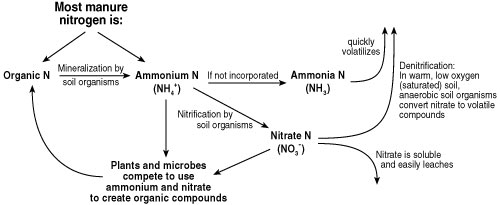



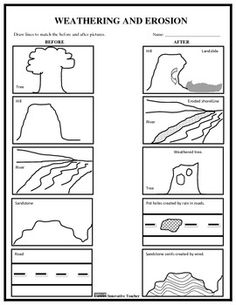
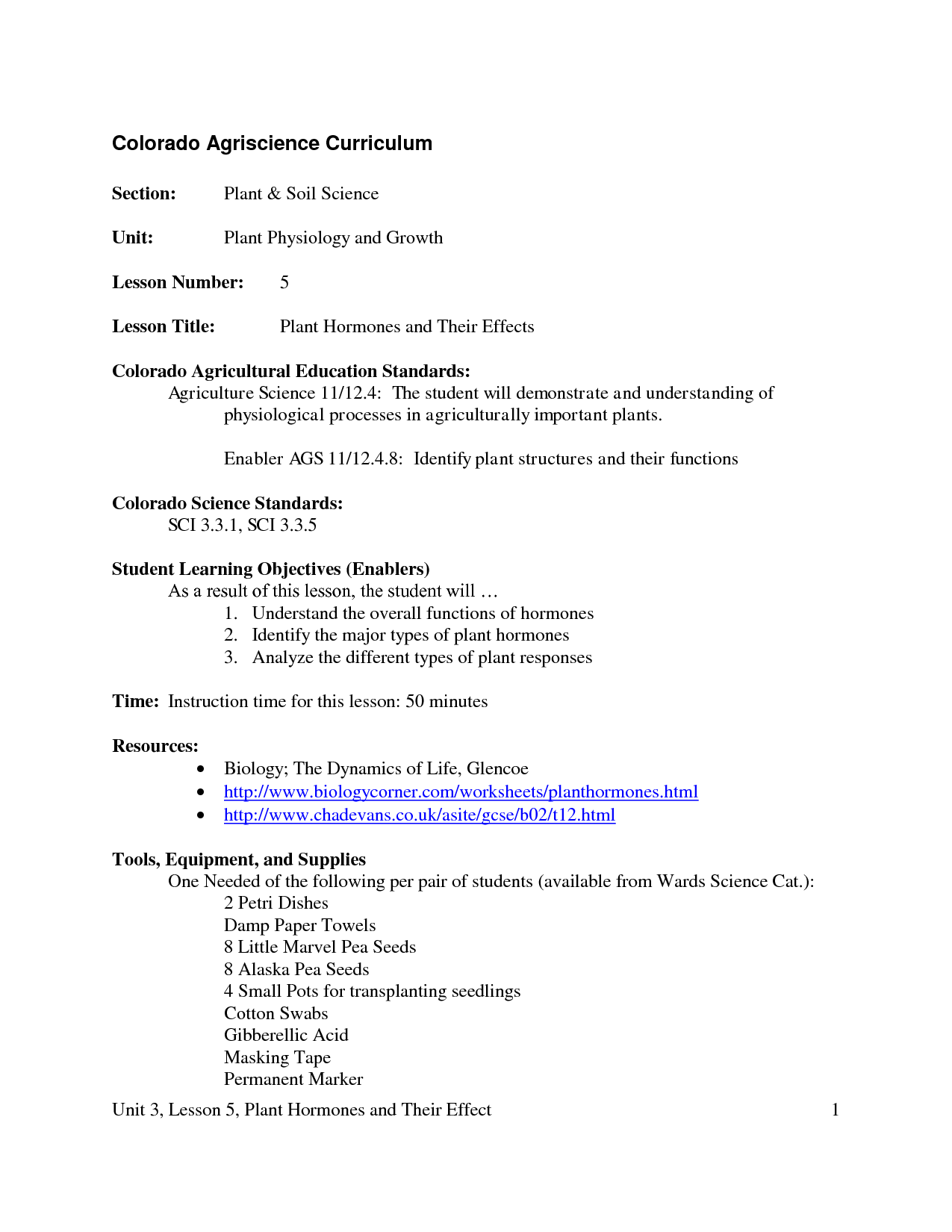
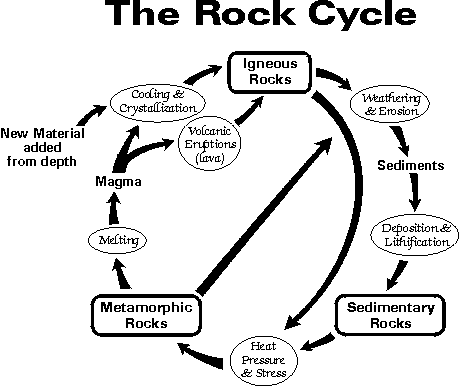
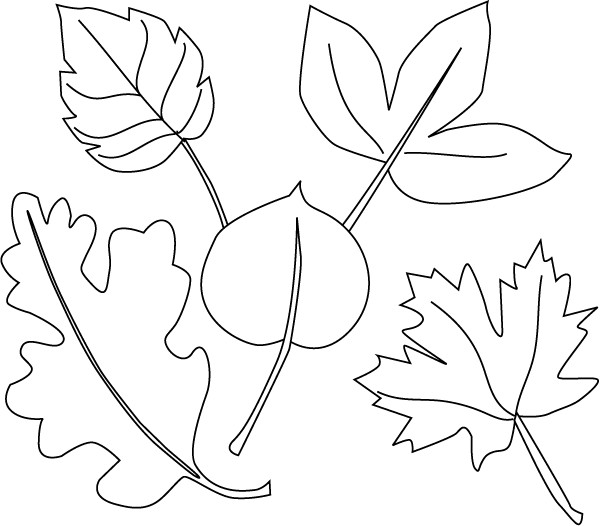
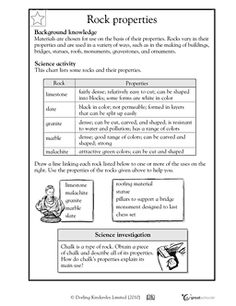
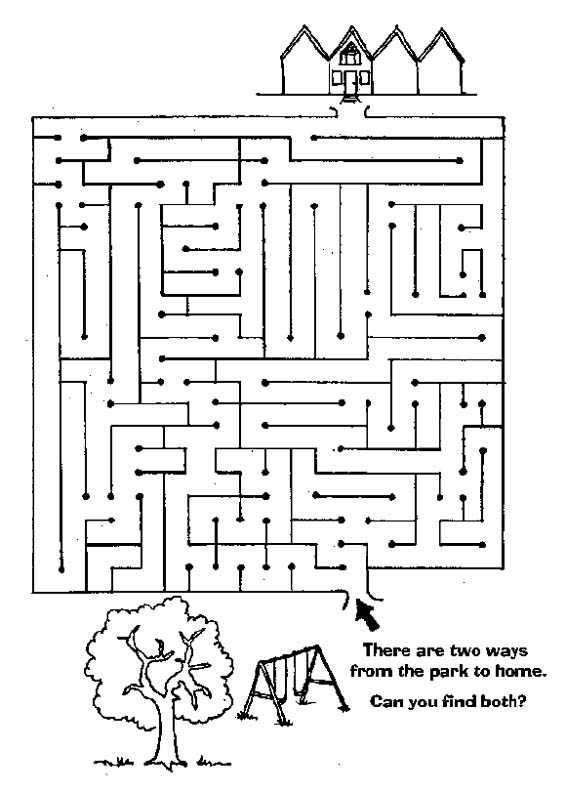
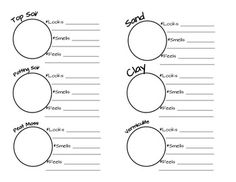

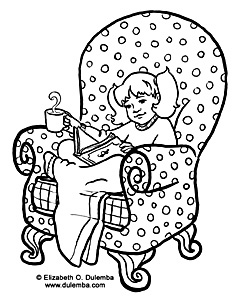
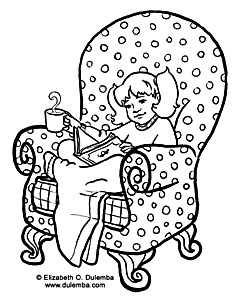
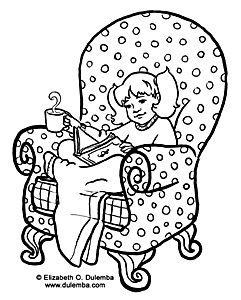
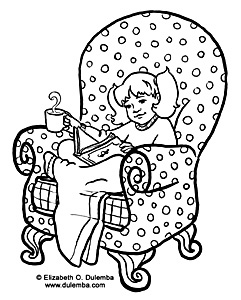
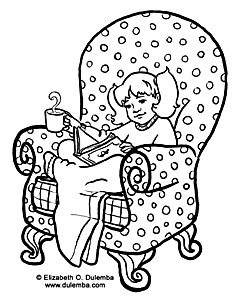
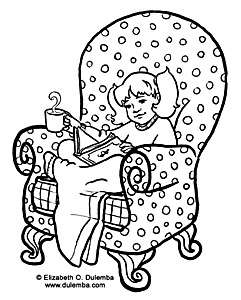














Comments